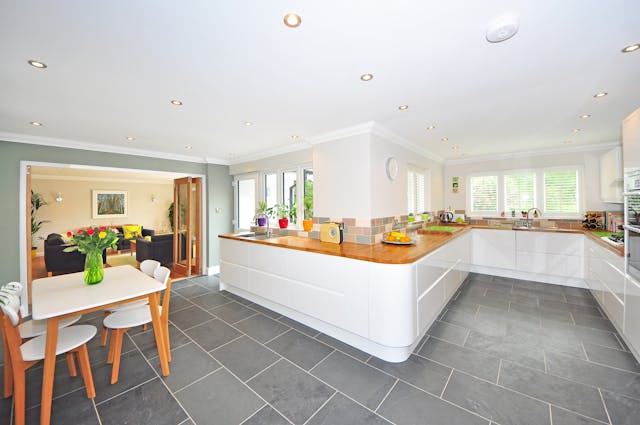Redesigning your kitchen is a transformative endeavour that can breathe new life into one of the most used spaces in your home. This article explores essential considerations, creative ideas, and practical tips for redesigning your kitchen to achieve a blend of style, functionality, and personal preference. From planning and layout to materials, appliances, and budgeting, embark on a journey to create a kitchen that enhances efficiency, aesthetics, and overall enjoyment of your culinary space.
The first step in kitchen design Hawthorn is thoughtful planning and assessment of your needs and preferences. Consider how you currently use the space, your cooking habits, storage requirements, and desired aesthetic. Assess the layout and functionality of your existing kitchen to identify areas for improvement, such as optimizing workflow, enhancing storage capacity, or integrating additional seating or dining options. This initial planning phase sets the foundation for creating a kitchen design that aligns with your lifestyle and enhances daily functionality.

Choosing the right layout is crucial in maximizing efficiency and optimizing space utilization in your redesigned kitchen. Common kitchen layouts include the galley kitchen, L-shaped kitchen, U-shaped kitchen, and open-plan kitchen designs, each offering distinct advantages in terms of workflow, storage, and social interaction. Select a layout that suits the size and shape of your kitchen space, prioritizes ease of movement between work zones, and accommodates essential appliances and fixtures in a cohesive and ergonomic manner.
When redesigning your kitchen, selecting high-quality materials is essential for durability, aesthetic appeal, and ease of maintenance. Consider durable countertop materials such as granite, quartz, or solid surface options that offer resilience against stains, scratches, and heat damage. Choose cabinetry crafted from premium woods or durable laminate finishes that complement your desired kitchen style, whether modern, traditional, rustic, or contemporary. Flooring materials such as hardwood, ceramic tile, or luxury vinyl provide durability and visual appeal while accommodating the demands of a high-traffic kitchen environment.
Integrating energy-efficient appliances is a practical and eco-conscious choice when redesigning your kitchen. Select appliances with high Energy Star ratings that minimize energy consumption, reduce utility costs, and contribute to sustainable living practices. Modern appliances equipped with advanced features, such as convection ovens, induction cooktops, and smart refrigerators, enhance cooking efficiency, temperature control, and storage organization while incorporating innovative technologies that streamline meal preparation and enhance overall kitchen functionality.

Lighting plays a pivotal role in creating ambience, enhancing visibility, and accentuating key design elements in your redesigned kitchen. Incorporate a layered lighting scheme that includes ambient lighting for overall illumination, task lighting for specific work areas such as countertops and cooking zones, and accent lighting to highlight architectural features or decorative elements. Choose energy-efficient LED fixtures, pendant lights, under-cabinet lighting, or recessed lighting options that contribute to a well-lit and inviting kitchen environment tailored to your functional and aesthetic preferences.
Storage solutions are essential considerations in optimizing organization and minimizing clutter in your redesigned kitchen. Maximize cabinet space with adjustable shelving, pull-out drawers, and built-in organizers that accommodate cookware, utensils, pantry items, and small appliances. Utilize vertical space with tall cabinets or open shelving to display decorative items or store frequently used items within easy reach. Incorporate innovative storage solutions such as pull-out spice racks, corner cabinet carousels, or appliance garages to enhance accessibility and efficiency while maintaining a tidy and organized kitchen environment.















